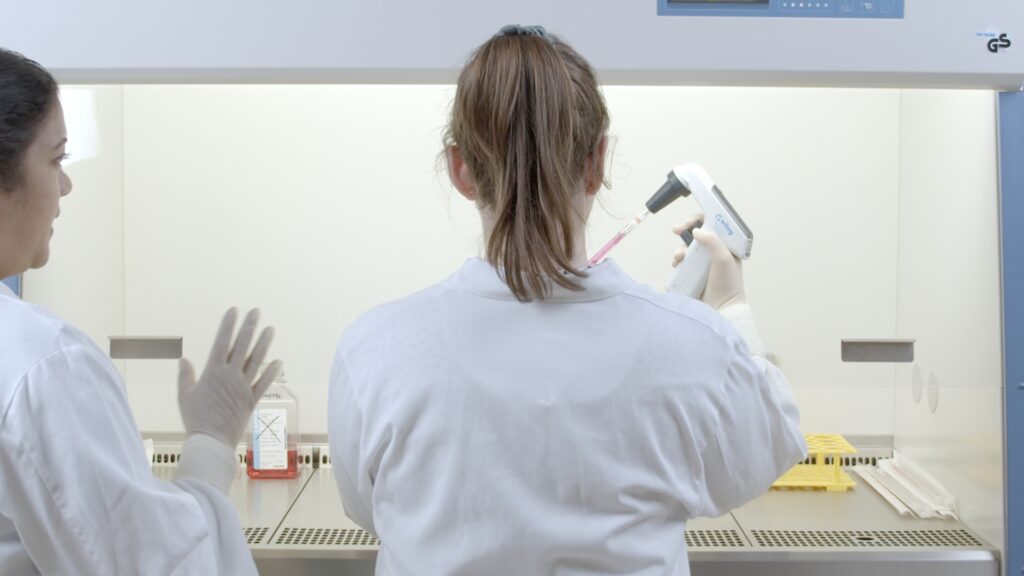
According to the guidance of the #OECD, newcomers to the cell culture laboratory should undergo extensive one-on-one training until they are able to perform their work on their own, without depending on the trainer. 👍😇
This is, however, a huge #challenge for all life science universities. In fact, very often they cannot maintain this standard. But from students it is duly expected that they know how to work according to good practices. They are expected to know how to pipette correctly. 👌
They are expected to be experts in the laboratory. 👔
We often hear: “Ah… students know cell culture technique very well – they learn this at the university.” ☝️
‼️ A newcomer to a lab will probably (and understandably) not admit that they may actually never have had such extensive training sessions.
‼️‼️ Aren’t we depriving our students of the opportunity of learning the techniques properly when we disregard this serious problem? And keep on assuming or arguing the students know it all?
‼️ But, universities need not really have to take the entire burden…
There is a solution to the problem… ✨ Blended learning! ✨
Blended learning, a combination of online and in-person instructions, is proven to be the most effective learning method. This concept improves the learning experience and saves time and money.
👉 Sign up today, and give it a try. 😊
lablife.video tutorials for the cell culture lab 😊🚀🚀🚀!!!
#LabEducation #CellCulture #STEM #MINT #GCCP
Author: asban
Leave A Comment
You must be logged in to post a comment.